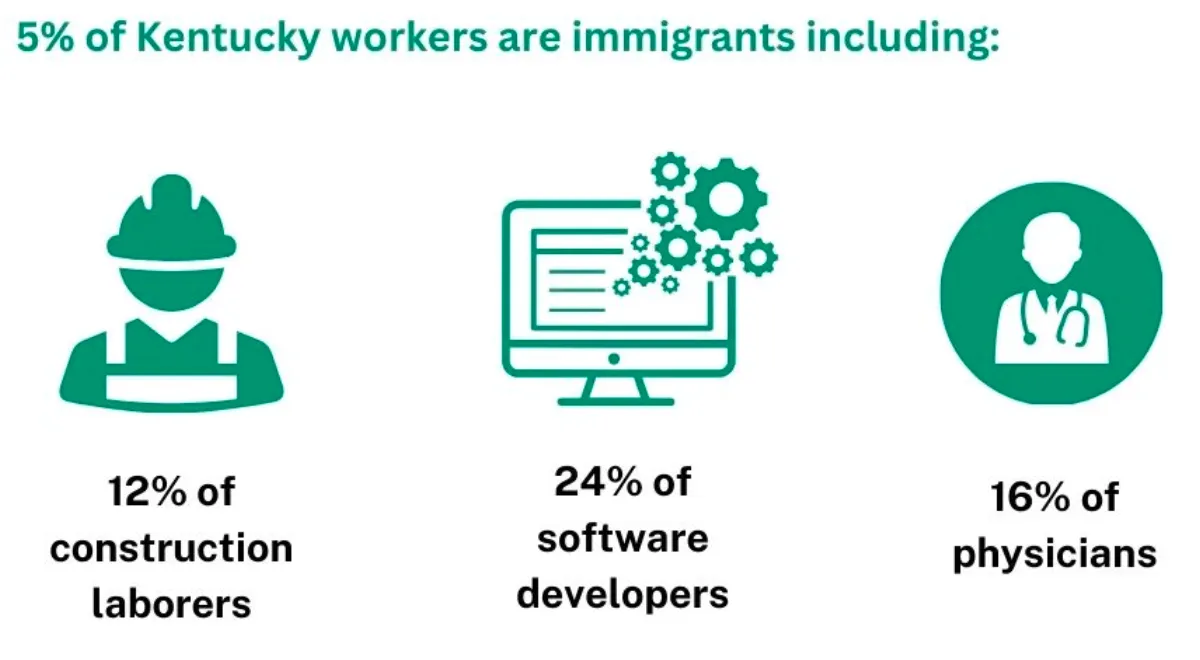Table of Contents
Summary
On December 1, 2021, Dobbs v. Jackson Women’s Health Organization, the bombshell abortion case originating in Mississippi, was argued in front of the highest court of the land. On May 2, 2022, a legitimate draft of the Supreme Court opinion indicating the Court’s intent to overturn Roe v. Wade was leaked to the press. Today we await Wombsday — the day the Court officially repeals all abortion right precedent.
Analysis
Remember pictures of that malnourished tree in elementary school? With only three little branches? The Legislative, Executive, and Judicial branches of government with The United States Supreme Court championing over the Judicial branch. Basically, when a case gets no resolve over and over again, it can, on a rare occurrence, end up in the Supreme Court to be judged by all nine of the Supreme Court justices. Whatever these justices decide is law for all of us. In short, this Mississippi case you keep hearing about only matters because the outcome of it could soon determine what can you do — or perhaps more accurately what you cannot do — with your uterus.
Now if we’re on the same page, you too are scratching your head pondering how in the world women’s autonomy over their own uteruses is still a hot button issue in 2022. This issue was handled back in the seventies when bell bottom pants and platform shoes were popular (the first time) with the Roe v. Wade Supreme Court decision! Roe permitted women to abort in their first trimester (first 13 weeks or 3 months) of pregnancy yet prohibited abortions in the third and final trimester of pregnancy (last 27 to 40 weeks) because the Court in 1973 held that during that third trimester, a fetus was viable — capable of surviving outside the womb.
Essentially, Roe prohibited states from interfering with a woman’s right to abort pre-viability. In 1992, Planned Parenthood v. Casey eliminated the trimester scheme in Roe while adding that states were prohibited from imposing undue burdens on women legally seeking abortions — such as requiring women to notify their husbands before aborting.
While questioning the viability of a fetus, it is essential to note that no birthing person’s pregnancy journey is as cut and dried as six men in black robes on the Supreme Court would have you to believe. Each woman starts their period at different ages, each woman ovulates for different amounts of time — point being the variability of pregnancy from one woman to another is too distinct to be dictated by law. “The start of your pregnancy’s dated from the first day of your last actual period, although you probably conceived about 2 weeks after that. That means by the time you miss a period you could technically be 4 weeks pregnant if you have a 28-day cycle.” In fact, most women do not realize they are pregnant until they are about 5-8 weeks along. At no fault of their own, of course; it’s just that nature trumps logic and law.
In sum, this Mississippi Dobbs case is a big deal. If the Supreme Court sides with Mississippi law that viability begins after the 15-week mark of pregnancy, then women’s autonomy over their bodies will be confined drastically as they will have less time to make that crucial decision. Equally as discriminatory, birthing persons’ fundamental right to privacy would be completely obliterated as if it was never constitutionally guaranteed.
While we wait in angst for an official decision on this Mississippi case, the reality is that the topic of abortion has been litigated in state courts, in federal courts, and in the U.S. Supreme Court more times than we can count. This is not new. Dobbs v. Jackson essentially forces the Supreme Court to decide whether all pre-viability prohibitions on elective abortions are unconstitutional. For the Supreme Court to make this decision, it must first reconsider Roe and Casey and decide whether they should be overruled to hand the issue of abortion back to the states.
The opinion draft outwardly states: “We hold that Roe and Casey must be overruled. … It is time to heed the Constitution and return the issue of abortion to the people’s elected representatives.” If this is the final ruling, the Court is planning to eliminate the abortion precedent and let the laws of abortion be dictated on a state-by-state basis instead of a federal blanket rule!
What that means for you is that you need to expect your state’s laws to have final say on the issue of abortion. No longer will there be a federal precedent to challenge your state law’s authority over your uterus.
The culprit who leaked the draft has yet to be identified. Whether it was a conservative hoping to put state lawmakers on notice to draft new challenging abortion laws, or an outraged liberal law clerk compelled to put the nation on notice, the result is the same:
Wombsday is coming.
Vote for your state legislators wisely.
--30--
Thanks to Dan Canon








